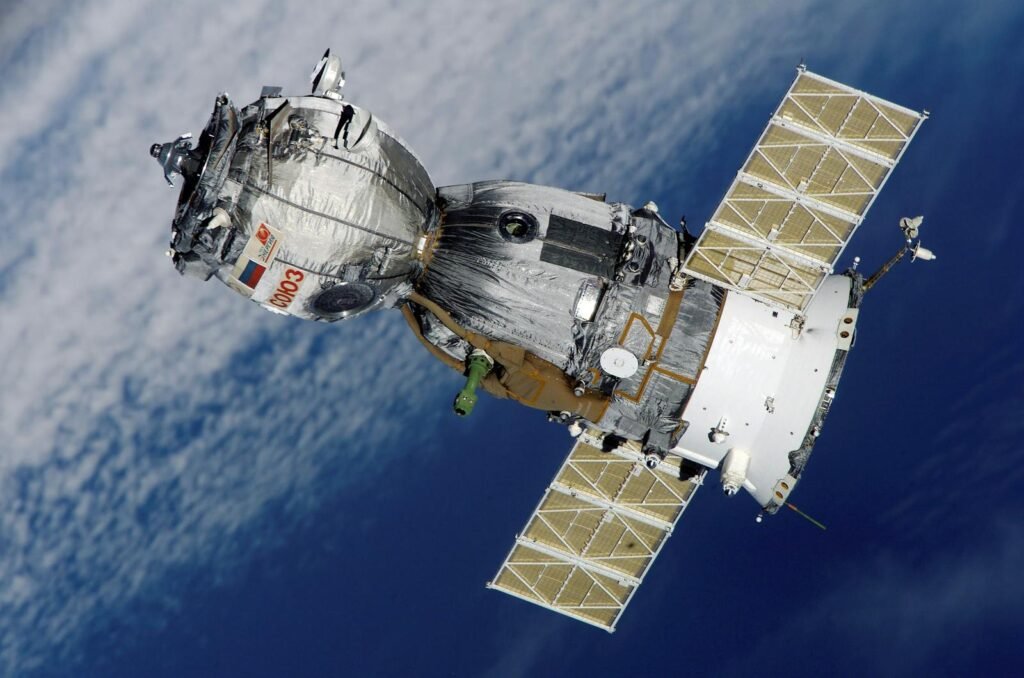In spaceflight, the next two decades won’t be a quiet cruise; they’ll be a sprint through a maze of firsts. Crews will push past low-Earth orbit again, cargo will land on the Moon like delivery trucks, and robotic scouts will peel back mysteries from icy moons to near‑Earth asteroids. The stakes are high: climate monitoring from orbit, planetary defense, and the first serious steps toward living off‑world. Rivalries will set the tempo, but collaboration will keep missions alive when politics wobble. If the past ten years were about proving what’s possible, the next twenty will be about making it routine – and deciding who gets to benefit.
The Hidden Clues
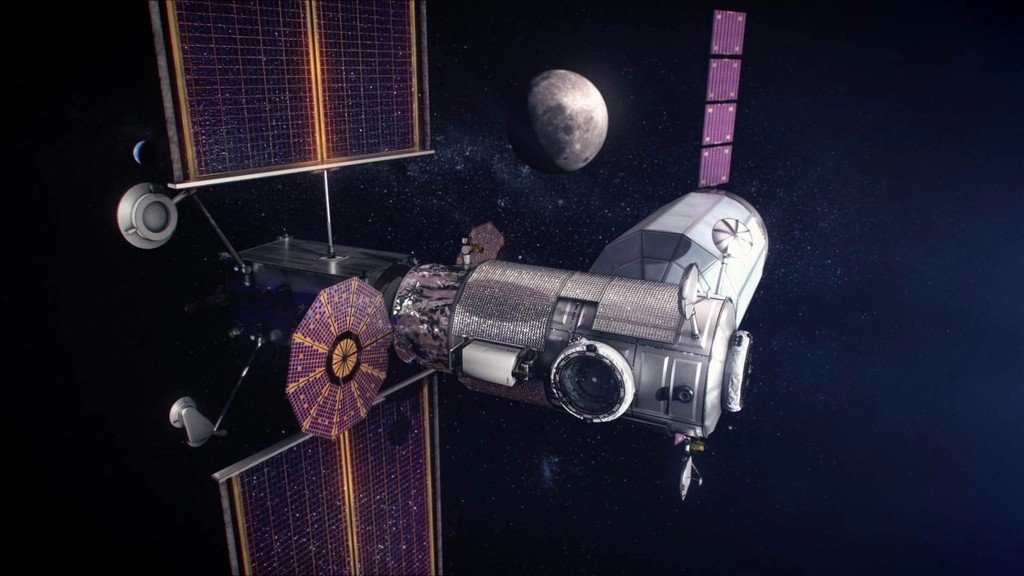
Look closely at what agencies and companies test today, and you can read tomorrow’s mission manifests like tea leaves. Reusable heavy‑lift rockets practicing rapid turnarounds hint at monthly lunar logistics runs instead of rare, ceremonial landings. Small spacecraft swarms are quietly learning to fly in tight formation, a rehearsal for future telescopes that use multiple mirrors to act like one giant eye. Solar electric propulsion is moving from experimental to dependable, setting up cargo tugs that spiral slowly but efficiently between Earth, the Moon, and Mars. Each of these “boring” engineering steps is a breadcrumb pointing to an era where cislunar space becomes an active neighborhood.
Power and navigation networks are also creeping into the foreground, and that’s a tell. Lunar communications constellations and space‑based positioning services will function like cell towers and GPS for the Moon, enabling precision landings, rover convoys, and emergency beacons. Water‑ice prospecting is sharpening, too, revealing which polar craters might become future refueling depots. These aren’t distant dreams; they are infrastructure projects in slow motion. When infrastructure shows up, the crowds follow.
From Ancient Tools to Modern Science
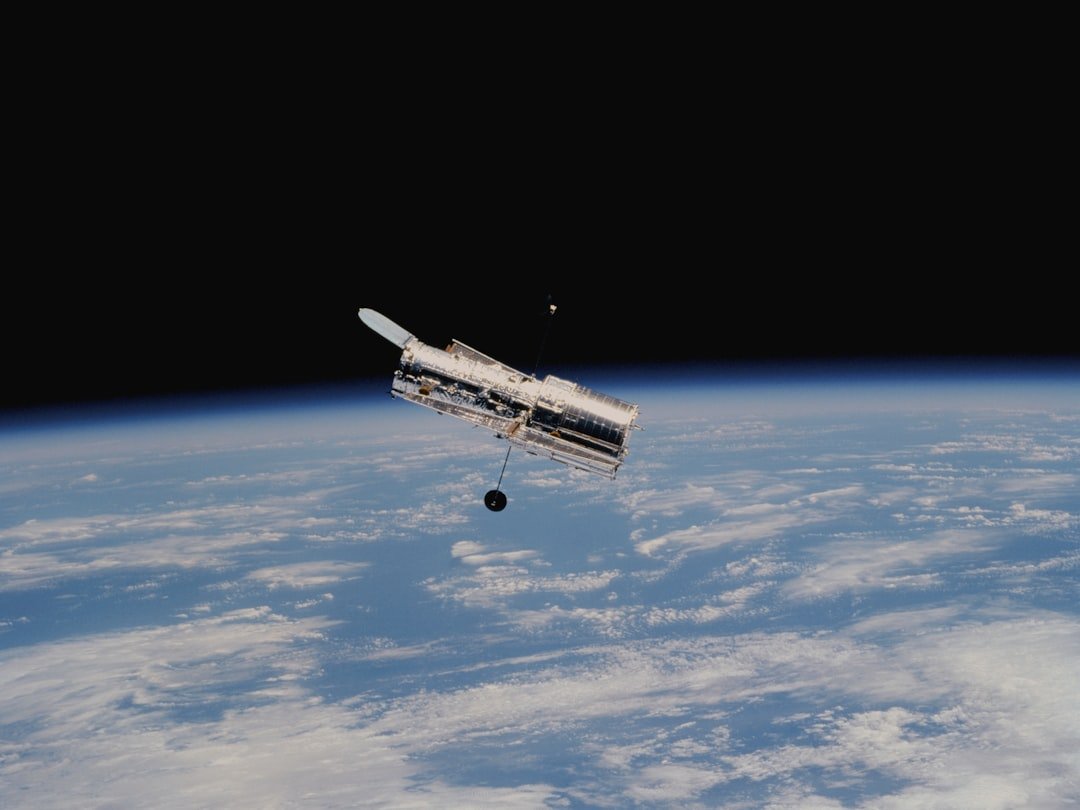
The earliest skywatchers used shadows and stones; the next twenty years will rely on megawatt power, autonomy, and materials engineered atom by atom. Expect landers and rovers that think on their wheels, making real‑time decisions when light‑speed delays make joystick driving impossible. Add in machine vision trained on lunar dust or Martian sky glare, and surface operations will speed up from hours to minutes. New alloys and printed structures will cut mass while boosting durability, especially for cryogenic tanks and radiation shields. It’s the same instinct as ancient sundials – measure better, survive longer – but scaled to a hostile frontier.
Science payloads are morphing, too. Compact spectrometers will sniff out organics and volatiles with lab‑grade confidence, while subsurface radars probe meters deep for ice or brine. Multi‑mission, plug‑and‑play payload buses will let researchers trade instruments like camera lenses, slashing development time. Even sample handling is evolving toward sealed, contamination‑aware systems that anticipate future biohazard rules. The tools are getting smarter, and when tools get smarter, discoveries multiply.
Global Perspectives
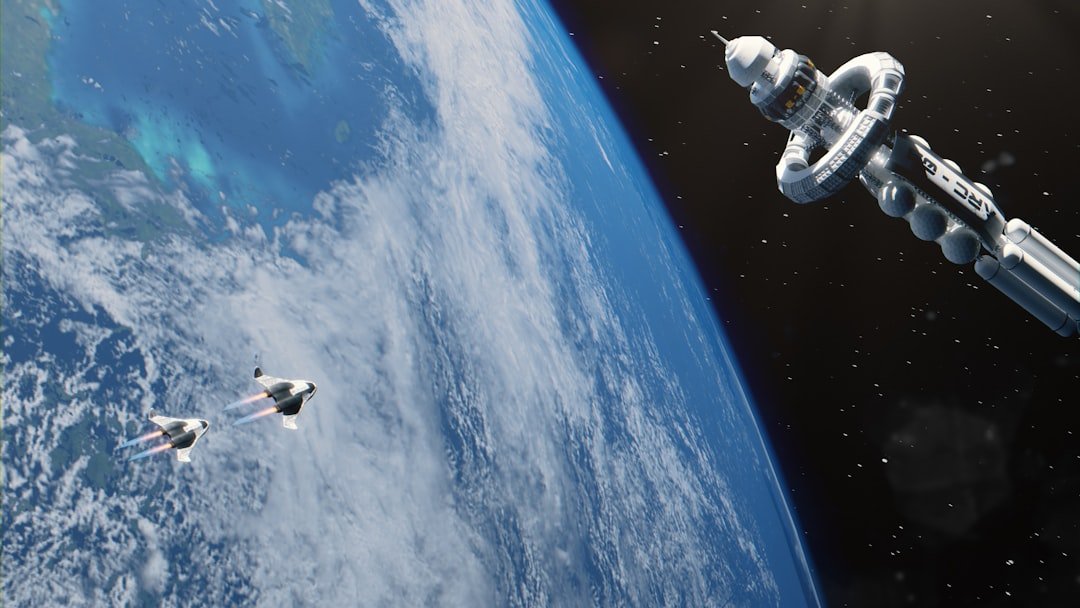
The Moon will be the most international place off Earth. Multiple nations are lining up crewed flybys, robotic landings, and polar prospecting, each eager to plant more than just flags. Partnerships will overlap in surprising ways – launchers from one country, landers from another, instruments from a third – because big goals rarely fit inside one budget. Standards for navigation, docking, and data formats will matter as much as thrust and fuel, reducing risk for everyone. Expect memoranda of understanding to quietly shape where and how missions explore, especially around contested polar “peaks of light.”
Mars will remain a shared prize, with agencies trading relay services, atmospheric models, and sample‑handling know‑how. In parallel, rising spacefaring nations will expand Earth‑observation fleets and lunar technology demos, building experience mission by mission. Private companies will slip into roles once reserved for agencies – cargo delivery, communications, even station operations – pulling partners who prefer to rent rather than build. I’ve seen attitudes shift firsthand on the press gantry: once‑skeptical program managers now talk like logistics coordinators, not explorers. That’s how you know a market is forming.
Why It Matters
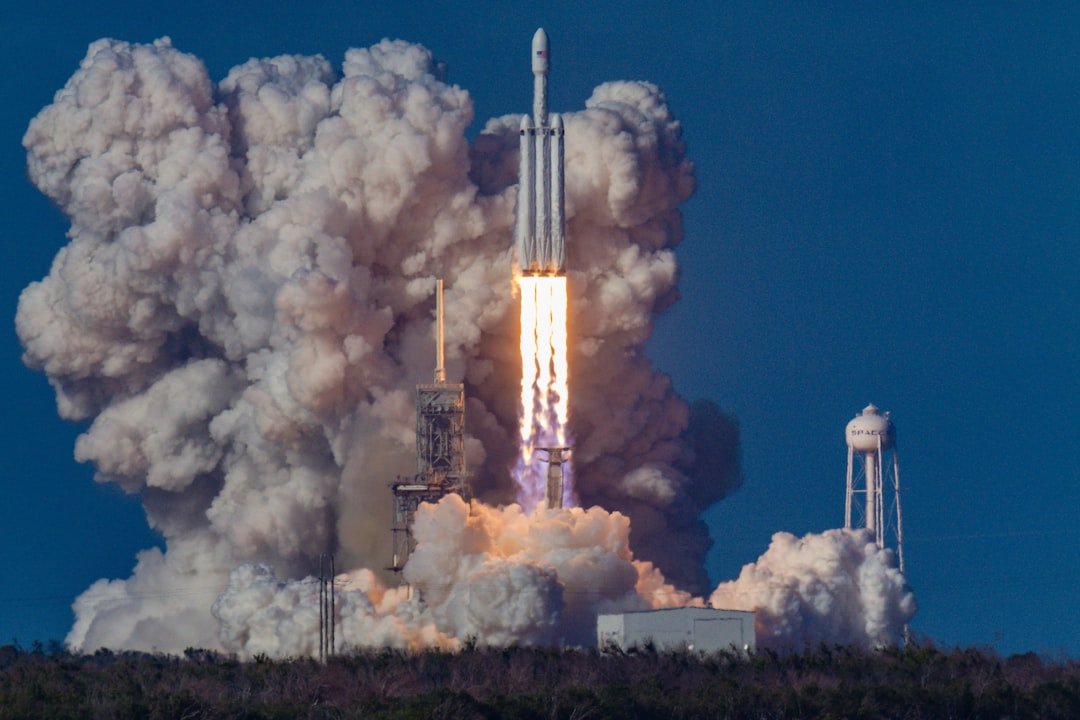
Space isn’t just a postcard view; it’s an engine for knowledge, security, and resilience. Weather satellites and climate missions sharpen disaster forecasts, helping communities brace for floods, fires, and heat waves that are already reshaping lives. Planetary science gives us context for Earth’s past and future, from greenhouse dynamics to magnetic field mysteries. Planetary defense – once a punchline – has matured into a discipline with test‑proven deflection methods and a pipeline of survey missions. When we invest in space, we’re not buying glamour; we’re buying options.
Compared with past decades, the next phase is less about singular “flags-and-footprints” moments and more about dependable access and repeatable science. Traditional, bespoke spacecraft made discovery episodic; emerging standardized platforms make it continuous. Old mission control rooms were built for scripted events; tomorrow’s operations will manage fleets, swarms, and autonomous outposts. That shift multiplies returns, lowers per‑experiment cost, and allows faster course corrections when nature surprises us. In plain terms, stability in orbit means stability on the ground.
The Future Landscape
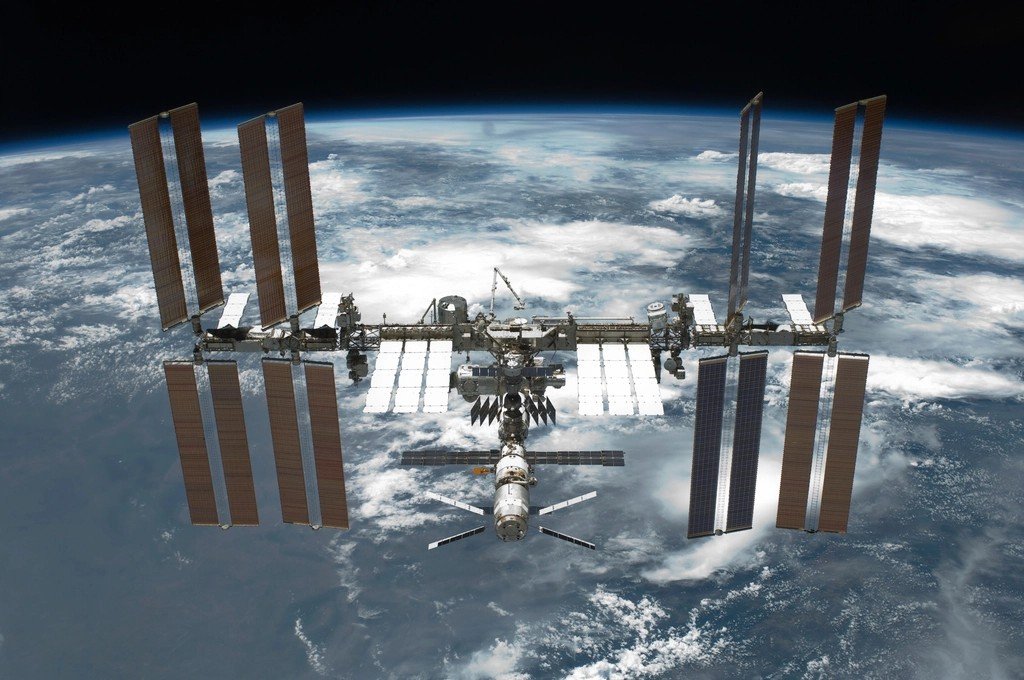
Assume the International Space Station retires on schedule, and commercial stations slip into its orbit like new tenants. Some will focus on microgravity manufacturing and biomedicine, others on training crews for lunar sorties, and all will fight for steady revenue. Cargo and crew vehicles will become more interchangeable as service providers chase reliability metrics rather than one‑off milestones. Lunar gateways and depots will emerge as waypoints where spacecraft refuel, swap payloads, and head outward. It’s a hub‑and‑spoke model – familiar in aviation – translated to vacuum and regolith.
Meanwhile, cislunar traffic management will go from niche topic to essential plumbing. Tracking debris, assigning radio spectrum, and publishing approach corridors to polar bases will require playbooks that blend maritime law with air traffic control. Nations will test etiquette as much as engines, deciding how to share shadowed craters and sunlit ridges without sparking disputes. Insurance and finance will follow, pricing risk in a place that never had an actuary. If that sounds unromantic, good: unromantic is exactly what sustainable space looks like.
Planetary Defense and Deep Space

After proving we can nudge an asteroid, the follow‑through will be to spot threats earlier and characterize them faster. A dedicated infrared survey telescope will hunt for faint, warm objects that ground observatories miss, feeding catalogs with orbits measured well ahead of time. Follow‑on missions will practice rendezvous and tagging, the unglamorous steps that make deflection campaigns plausible on a countdown. Expect coordinated international drills that test everything from observation handoffs to public communication plans. The goal isn’t drama; it’s competence without surprise.
Beyond the asteroids, outer‑planet missions will push for ocean worlds and sample returns that test life’s boundaries. High‑efficiency propulsion and advanced radiation protection will unlock longer tours of harsh magnetospheres. New‑generation radio arrays – some on the far side of the Moon – could tune into cosmic dawn signals shielded from Earth’s noise. And yes, a serious interstellar precursor probe may finally leave the ecliptic fast enough to map our local bubble’s edge. Deep space won’t stay a postcard, either; it will become a laboratory with a very long commute.
The Human Factor
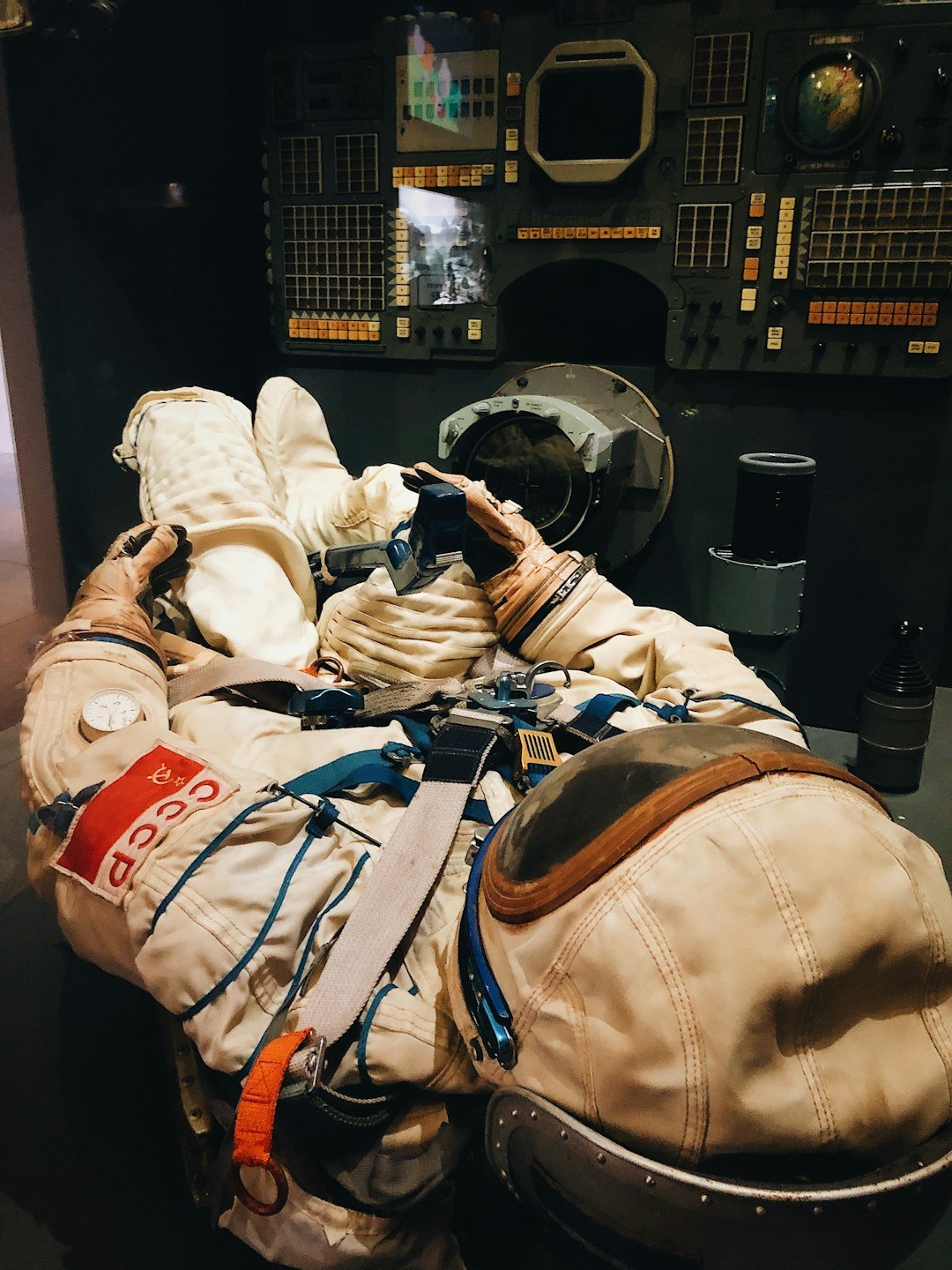
People aren’t payloads, and the next 20 years will treat them like athletes, engineers, and neighbors in one. Radiation exposures, bone loss, and behavioral health will be managed with smarter shielding, new pharmaceuticals, and habitats that feel less like tin cans. Closed‑loop life support will cut resupply needs while teaching us how to recycle at city scale on Earth. Training will shift toward on‑orbit maintenance, surface construction, and emergency medicine in places where help is days away. I still remember watching a crew practice mock rescues under desert stars; the seriousness felt like mountain search‑and‑rescue, not a science fair.
Ethics will catch up, too. We’ll debate who gets to set rules on dusty plains that don’t belong to anyone, and how to protect sites of scientific interest from careless tracks. Commercial crews will bring new labor questions, from safety standards to time‑off policies in deep space. And if families eventually follow, education and communication will have to bridge distances that make time zones look quaint. Humanity will bring its complications along with its curiosity.
Conclusion
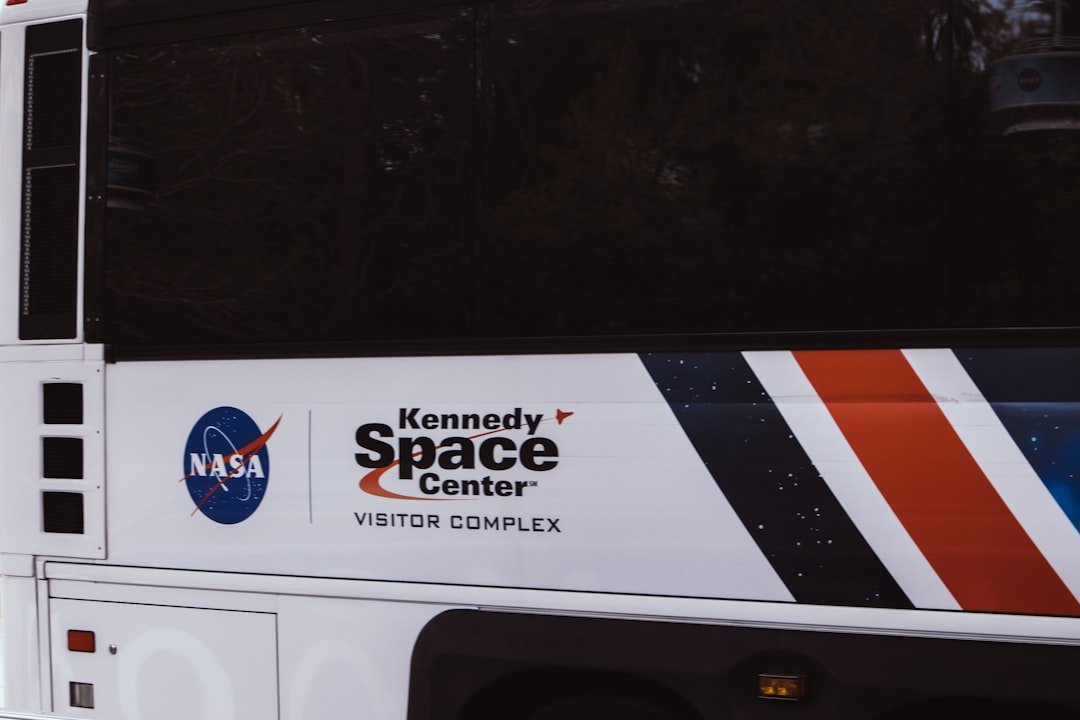
The future sketched here isn’t guaranteed; it’s a plan that needs supporters, skeptics, and steady hands. You can follow mission development through agency updates, public budget hearings, and independent safety reviews, then lend your voice when priorities drift. Encourage schools and libraries to use open space data sets in classes, so the next cohort learns by doing, not just by dreaming. Support organizations that advocate for debris mitigation, dark‑sky protections, and planetary defense, because good stewardship is the cheapest insurance policy we have. If you get the chance, watch a launch in person; it changes abstractions into lived experience and turns curiosity into commitment – what would you do next?

Suhail Ahmed is a passionate digital professional and nature enthusiast with over 8 years of experience in content strategy, SEO, web development, and digital operations. Alongside his freelance journey, Suhail actively contributes to nature and wildlife platforms like Discover Wildlife, where he channels his curiosity for the planet into engaging, educational storytelling.
With a strong background in managing digital ecosystems — from ecommerce stores and WordPress websites to social media and automation — Suhail merges technical precision with creative insight. His content reflects a rare balance: SEO-friendly yet deeply human, data-informed yet emotionally resonant.
Driven by a love for discovery and storytelling, Suhail believes in using digital platforms to amplify causes that matter — especially those protecting Earth’s biodiversity and inspiring sustainable living. Whether he’s managing online projects or crafting wildlife content, his goal remains the same: to inform, inspire, and leave a positive digital footprint.

